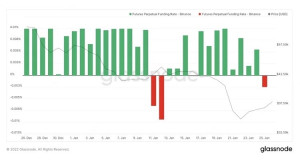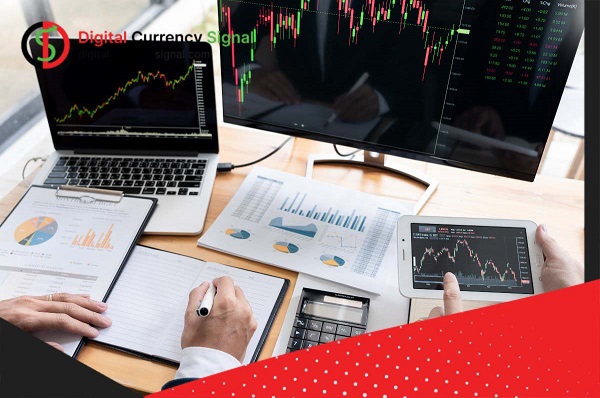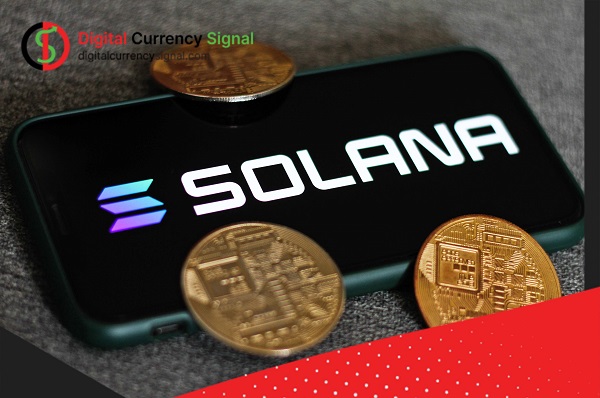Today, the rules in the world of digital currencies are very broad, and if you want to work in this field, you should familiarize yourself with these concepts as much as possible. One of these cases is the funding rate. In a short sentence, the budget rate means the amount of property paid or received from people due to the difference in the price made in the transaction. The funding rate plays an important role in futures contracts. Therefore, in this article, we try to provide you with information about funding rates, explore the types of funding rates in the market, and study the impact of funding rates on traders.
What is the funding rate?
If you have been active in the digital currency market, you have probably heard the name “Funding rates” and wanted to know about this concept, and you may have a question: what are “Funding rates”?
In response to this question, it can be said that the funding rate, also known as the funding rate, is one of the criteria that traders should pay attention to in the futures market. This mechanism is in the future section of various digital currency exchanges like Binance and you can use this feature. It is interesting to know that the Funding Rate index, like the Fear and greed index, is the focus of many traders and traders in the digital currency market. This condition is called periodic payment among traders, with the help of which the price of the long-term futures contract can be brought closer to the price of the index.
All cryptocurrency exchanges use funding rate charts for perpetual futures contracts. The funding rate index is also provided periodically and transactionally; its default unit is percent. The funding rate shows the feelings of traders due to the situations where they bet on permanent transactions.
What is the funding application rate?
The first and foremost use of the funding rate is pricing and generalization in the futures and spot markets. As we mentioned, the funding rate can be a positive or negative number. From a mathematical point of view, the Funding Rate is positive or negative due to the price difference between asset futures and spot prices; But if we go a little deeper, we can observe the relationship between the funding rate Rate and market sentiment.
When the market is in one of the bullish or bearish states, the funding rate is positive or negative, respectively. In other words, if the market is in an upward trend, traders can believe that the trend and price increase will continue; Therefore, they enter long positions. This demand increases the price in the futures market and naturally increases the funding rate. The reverse of this case is also true.

In the image above, which is related to the funding rate on the Binance exchange, it can be seen that with the fall in the price of Bitcoin at the end of 2021, the funding rate also turned negative; That is, traders buy shorter contracts, and as a result, the price of Bitcoin in the futures market is lower than the spot price. The market maker also quotes the funding rate from short contracts to long contracts by approximating the price. According to these explanations, it may be possible to predict the price of the desired asset using the funding rate process.
How does the funding rate work?
As mentioned, the funding rate is the mechanism that causes asset prices to converge in the futures and cash markets. Traders in the digital currency market are known as takers or payers of funding rates based on the value and price of their assets, as well as the positions or situations they hold. The funding fee is paid periodically to holders of long or short positions based on the price differential between the futures and the spot price.
For better understanding, let us explain the process by citing an example. Imagine that the price in the Bitcoin futures market is higher than in the market. Hence, traders predict that the value of this asset will increase in the future. As a result, traders make leveraged buys and enter long positions. Now, in this case, to increase the price of Bitcoin in both markets, the trading pressure of customers must be reduced, compared to holding their position or entering for a long time.

On the other hand, short position holders should have an incentive to maintain their position in the futures market by entering new contracts to sell the debt or reducing the asset price. In this case, the market operator takes the percentage of the long position holder and adds it to the short position holder to approximate the market value of the asset. Now, if the price of an asset like Bitcoin is lower in the futures market than in the spot market; All the conditions mentioned above are reversed and the market creator will deduct a portion of the fund rate from the short incumbent and add it to the long incumbent.
Types of funding rates
The main and most common funding rate is the exchange of cash between long and short positions in the market, which is mainly used in centralized exchanges. There is another type of funding rate used on the platform called Opyn. The platform that implements derivatives and options in the DiFi space uses a mechanism called in-kind to value money. This mechanism is such that changes in the value of contracts are included, and there will be no cash flows between users.
the last word
In this article, we have tried to give you information about the funding rate and examine the types of funding rates and the impact of the funding rate on market traders. Based on our explanation, it can be concluded that the funding rate is an indicator used in the future transactions of the digital currency market. The financing rate can be positive or negative.



